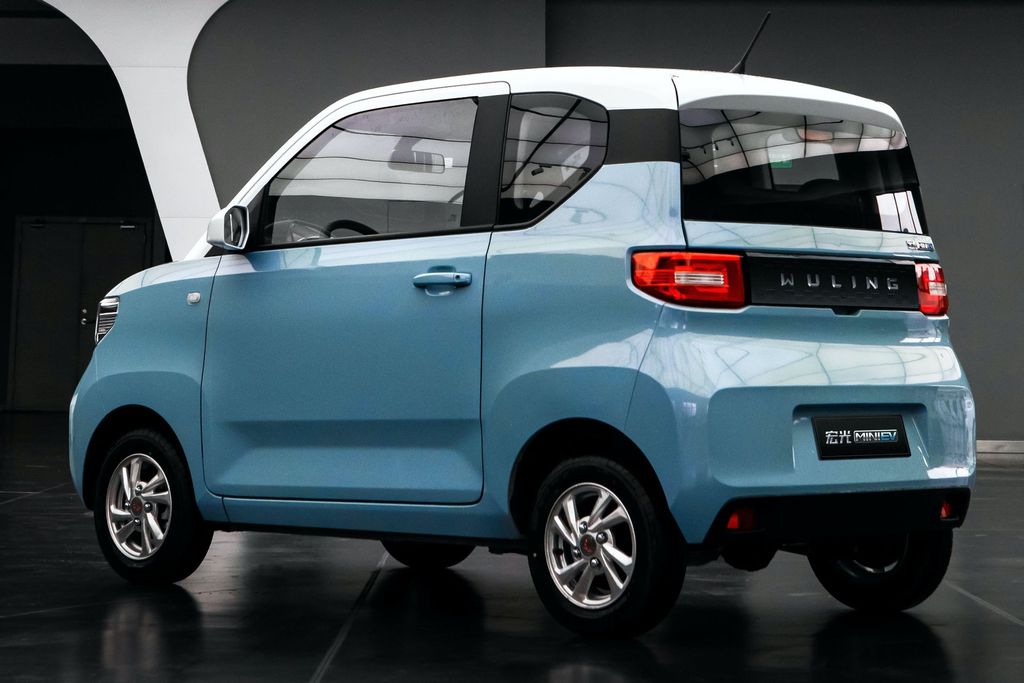The Chinese government will continue to exempt the new energy vehicle (NEV) purchase tax to increase consumption.
Reporting from the Global Times on Wednesday (22/06/22), the government also said it would increase the used car market.
The measures are expected to increase vehicle and automotive consumption by about 200 billion yuan by 2022, China Media Group reported, citing a reading of a meeting chaired by Premier Li Keqiang.
See also: 2022 Kia EV6 pricing revealed, starts at $33,400
China’s NEV market size is expected to exceed 5.22 million units this year, up 47.2 percent year-on-year, according to data from global market research firm International Data Corp.
In January, China issued guidelines to further improve charging facilities for electric vehicles, pledging to create a charging system capable of meeting the needs of more than 20 million such vehicles by the end of 2025.
Meanwhile, as China’s economy recovers from the recent COVID-19 outbreak, China is rolling out measures to boost consumption – a key growth driver – as part of efforts to keep economic fundamentals stable.
Earlier this year, Li said that consumption in key areas should be expanded. Consumption in services, such as medical, health, parental and child care, should be encouraged, and spending on cars and home appliances should be encouraged, he said.
See also: Hyundai Considers Production of Own Semiconductor Chip
The Chinese economy made an impressive turnaround in May, as a series of better-than-expected official figures showed improvements in several key economic indicators, further highlighting the resilience of the Chinese economy to the challenges posed by COVID-19.
The State Council meeting on Wednesday also discussed food security. The summer harvest is now guaranteed, and has provided strong support for stable grain production this year, the meeting said, following the prime minister’s inspection tour of Hebei Province.
The quality of summer wheat this year was better than in previous years. The soybean output increased slightly, and the rapeseed output increased significantly, while almost 80 percent of the corn had been sown, and the autumn crop was growing well.
See also: Biden administration met Auto Leaders regarding electric vehicle charging infrastructur
Sufficient supply of grain serves as an anchor for price stability, the meeting notes, adding that Too’s wheat harvest not only caters for its own needs but also contributes to the stability of the international grain market.
Traditionally, the summer harvest takes place from May to late June in China each year, with most of the work focused on harvesting winter wheat, staple grain crops, and oilseed radishes. Grain output in that period took up about a quarter of the annual total.
In keeping with the state’s pledge to keep grain production by 2022 above 650 billion kilograms, wheat harvests are proceeding smoothly across the country. As of May 28, the harvested area for winter wheat had exceeded 2.5 million hectares, according to the Xinhua News Agency.







